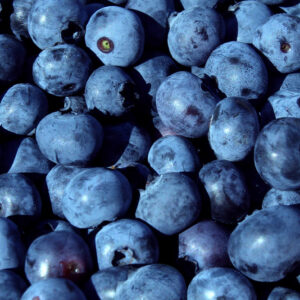
01
4 foods to avoid with asthma
The chronic lung disease asthma is known to trigger difficulty in breathing due to the inflammation of air passages. This condition is usually accompanied by the excess production of mucus in the lungs, which makes breathing a lot more difficult. A person suffering from asthma normally experiences shortness of breath. While medications are available to treat asthma, bringing about nutritional changes is equally important. Avoiding these foods may help prevent the frequency of attacks. Milk Drinking milk increases mucus production, which can worsen asthma symptoms. Hence, nutritionists and doctors advise against dairy consumption to avoid triggering an asthma attack. Switching to probiotic foods like Greek yogurt is usually recommended. Doctors also recommend steering clear from dairy products that contain preservatives. Eggs Eggs are rich sources of nutrients, but they can trigger asthma attacks. Asthma patients with egg allergies can suffer from an attack on consumption. Eggs can also cause asthma flare-ups in some people. Hence, asthma patients are advised to to rely on other protein source like soy, pulses, and tofu. Carefully read the labels of packed foods to make sure they do not contain eggs as an ingredient. Peanuts Another allergy-based food that asthma patients need to avoid is peanuts as an asthma attack can be triggered. An anaphylatic shock can cause impaired breathing due to swelling in the throat and a sudden drop in blood pressure. Such a reaction can make managing an asthma attack more difficult than usual and cause other severe symptoms like dizziness, fainting, and pale skin. Children suffering from asthma are more vulnerable to the allergens present in peanuts. Hence, steering clear from peanut-based foods is strongly recommended to keep asthma symptoms at bay. Shellfish Shellfish have high amounts of sulfites that are one of the most powerful triggers of asthma attacks. These allergens make steering clear from shellfish and other crustaceans like crabs, crayfish, lobsters, and shrimps all the more important.
Read More 










